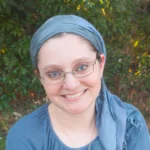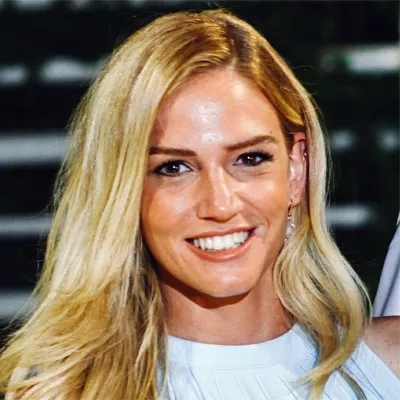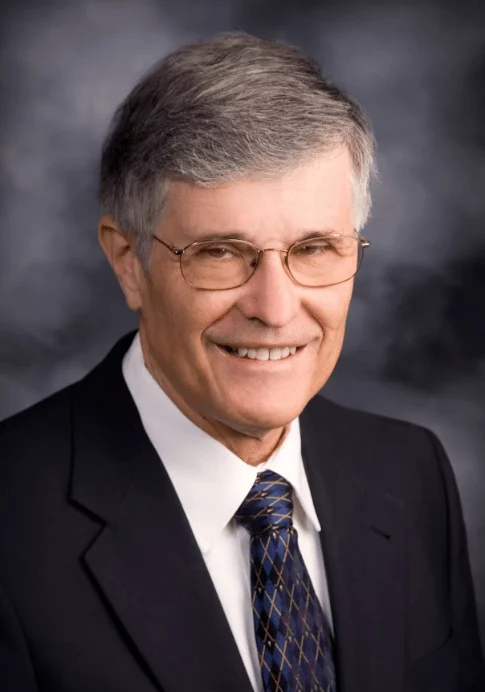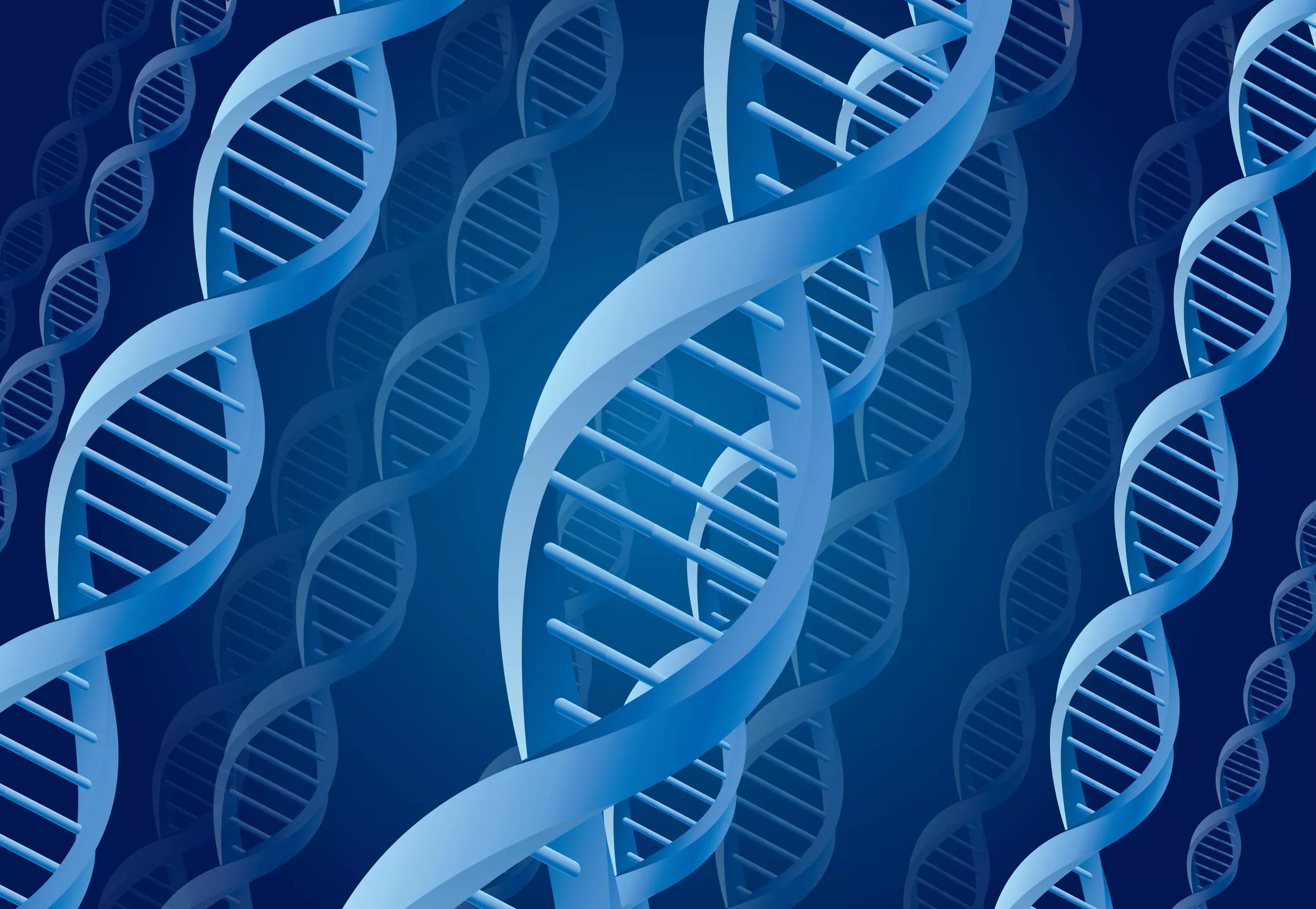
Many DNA tests, like the MyHeritage DNA test, provide a list of DNA matches as part of your results. DNA matching essentially identifies segments of shared DNA between you and other people, and then provides a list of people whose DNA matches yours.
But what exactly does it mean to have shared DNA? Does sharing DNA necessarily mean you are related? Here’s what you need to know about shared DNA.
What is shared DNA?
The concept of “shared DNA” is actually a bit misleading. All humans share DNA, not only with each other, but with every living creature on earth! About 99.9% of human DNA is identical from one person to the next.
But when we speak about shared DNA in the context of genetic genealogy, we are referring to the small percent of DNA that accounts for all variation between humans. DNA matching works by examining that portion of DNA and identifying SNPs (single nucleotide polymorphisms): variations in base pairs of DNA that help distinguish your DNA from that of most other people. You can read more about how DNA matching works in this article: How Does DNA Matching Work?
So if you share 50% of your DNA with a parent or child, for example, this doesn’t mean that you share 50% of your entire genetic code. Just like with other humans, your DNA is around 99.9% identical. Sharing 50% of your DNA with someone means that you share 50% of the relatively small portion of DNA that varies between human beings.
When you review a DNA match on MyHeritage, the amount of shared DNA will be indicated on the match card and in the Review Match page:

The amount of shared DNA is measured in percentages or in centimorgans (cMs), a unit for measuring the length of DNA segments.
How much DNA do you share with your parents?
You inherit around 50% of your DNA from each parent, or around 3700 cM. Note that the percentage won’t be exactly 50%, because there are certain parts of your DNA you only inherit from your mother (such as mitochondrial DNA) or your father (such as the Y chromosome).
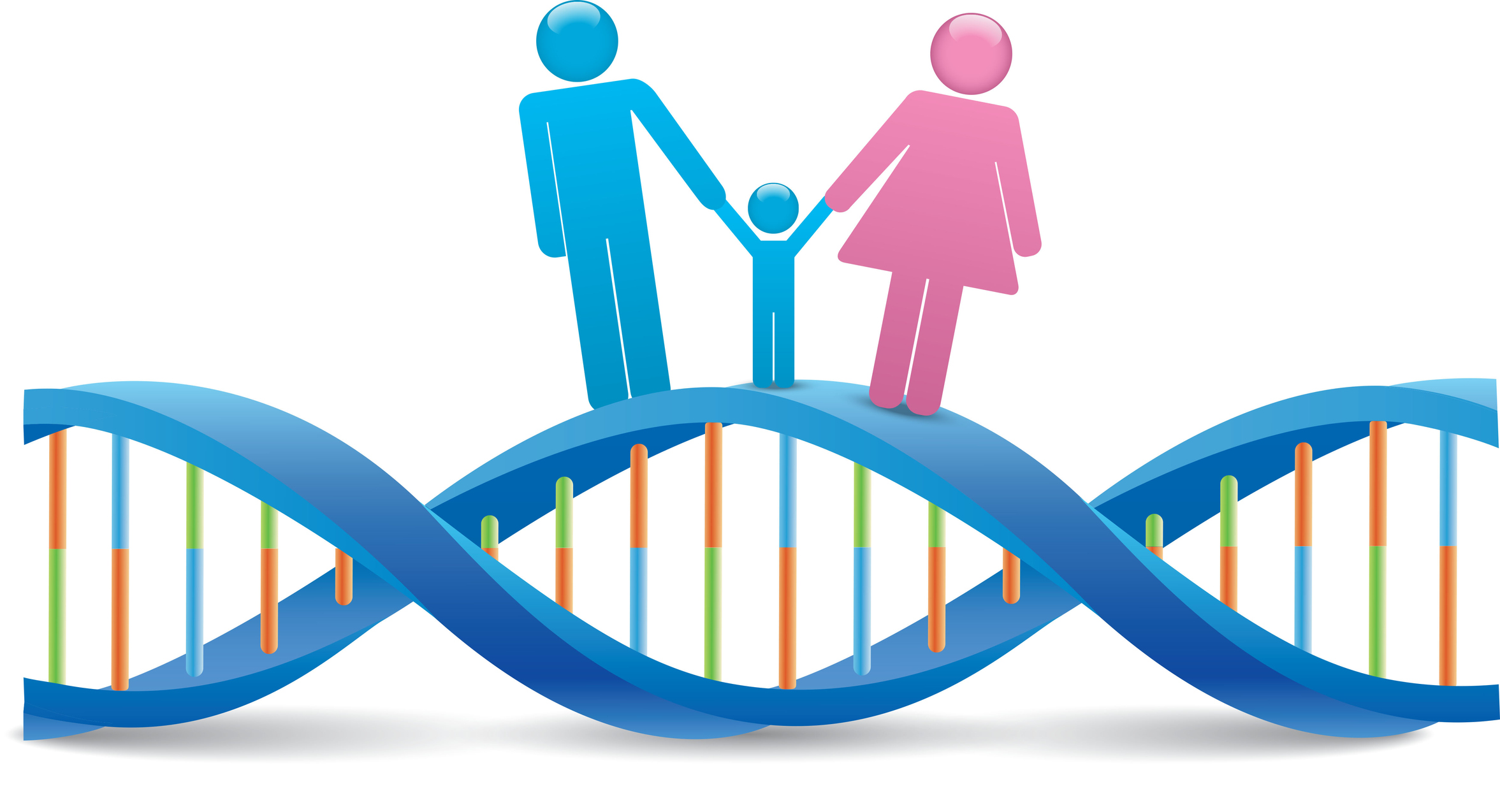
How much DNA do siblings share?
Full siblings generally share anywhere between around 2200 cM to around 3400 cM of DNA, or around 37.5–61%. The reason the answer varies from sibling pair to sibling pair is recombination: while both of them received all their DNA from the same two people, the exact 50% they inherited from each is random.
This means that any given SNP from one of the parents might be inherited by both siblings, by neither of them, or by only one of them. You can read more about the variations in sibling DNA here: Can Siblings Have Different Ethnicity Estimates? or here: Why Do I Have A DNA Match Who Doesn’t Match My Sibling?
The exception to this rule is identical twins: identical twins developed from a fertilized egg that splits in two, which means that they both have the same combination of DNA, and their DNA is 100% identical.
Half-siblings will share about half as much DNA as full siblings, but again, this is on average and the percentage can vary due to recombination.
Shared DNA percentage chart
You can consult the shared DNA chart below to see how much DNA you share with different relatives:
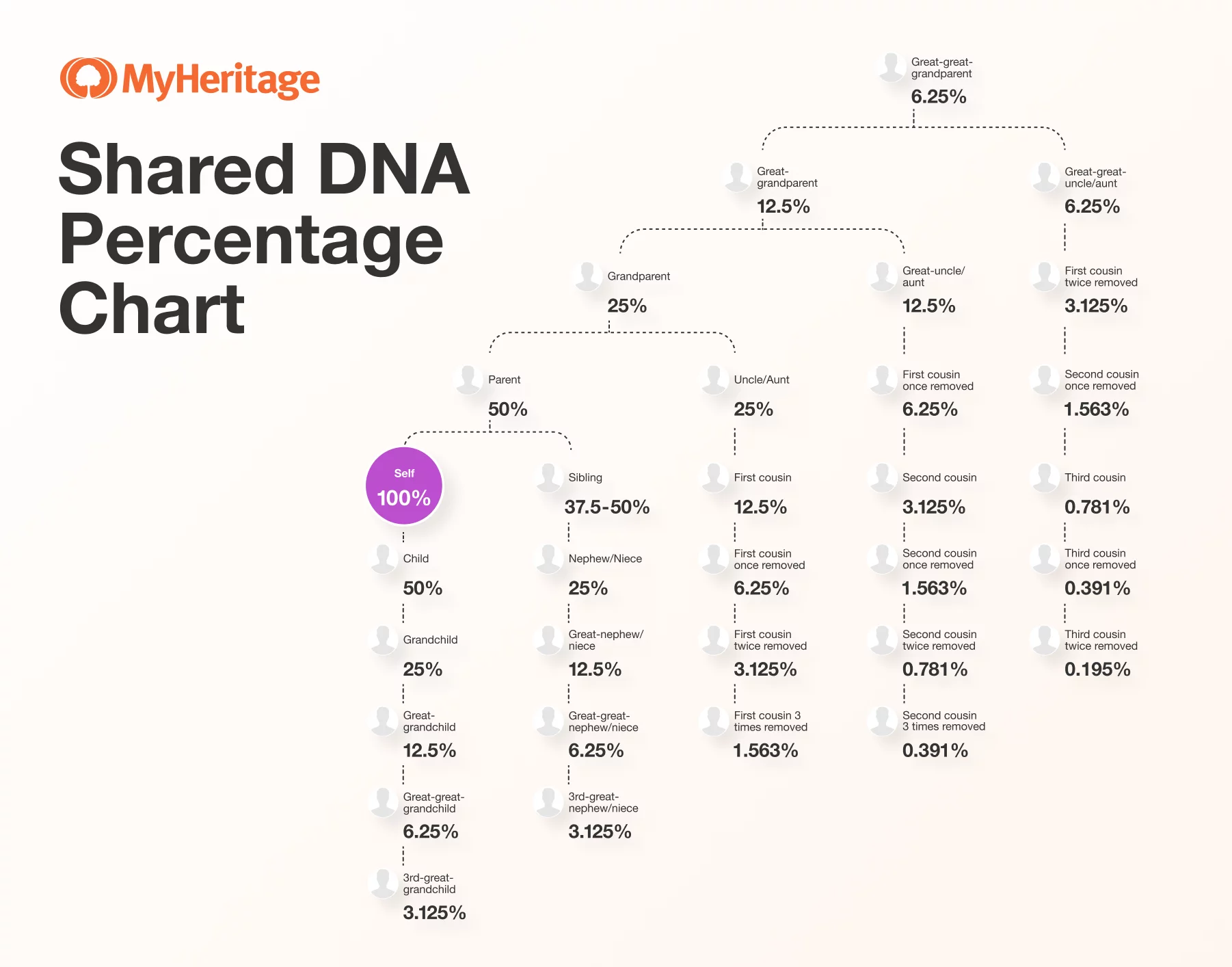
Can you share DNA and not be related?
Yes… or no, depending on how you define “related.” As outlined above, we share DNA with all humans and all living creatures. We all have common ancestors, it’s just a question of how many millions of years you go back!
But what about the SNPs that MyHeritage looks at to determine DNA matches? Is it possible to share segments of DNA with an individual, and for that person to turn up in your DNA matches, even though you don’t have any common ancestors from the relatively recent past?
The answer is yes. It is possible to share DNA — that is, to have identical SNPs — with an individual who doesn’t share a common ancestor with you from the recent past. This situation is known as “identity by state” (IBS): the similarity in your SNPs is either an independent, random occurrence, or was inherited from a much more distant ancestor. “Identity by descent” (IDB) is when your shared SNPs were inherited from a more recent ancestor.
The more distant the DNA match and the less DNA you share, the less likely it is that you have a recent common ancestor with that match. This is particularly true among endogamous populations, that is, populations whose members married within the community for generations — such as Ashkenazi Jews. Members of these populations may share significant amounts of DNA without having a recent common ancestor.
One important way to tell if a DNA match is really related to you is to take a look not only at the overall amount of shared DNA, but at the length of the DNA segments you share. A longer shared segment indicates a greater likelihood that you are related. The length of the longest shared DNA segment will appear on the DNA match card and on the Review DNA Match page, and you can also view all your shared segments on the Chromosome Browser. You can learn more here: What Is A Good DNA Match From A Research Perspective?
Interested to find out who shares DNA with you? Order your MyHeritage DNA kit today.
